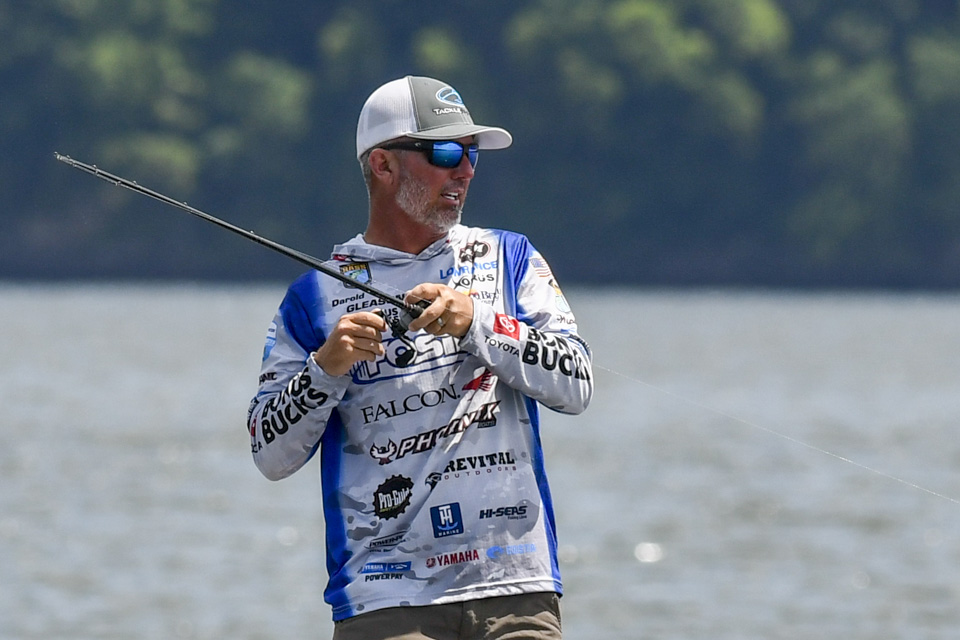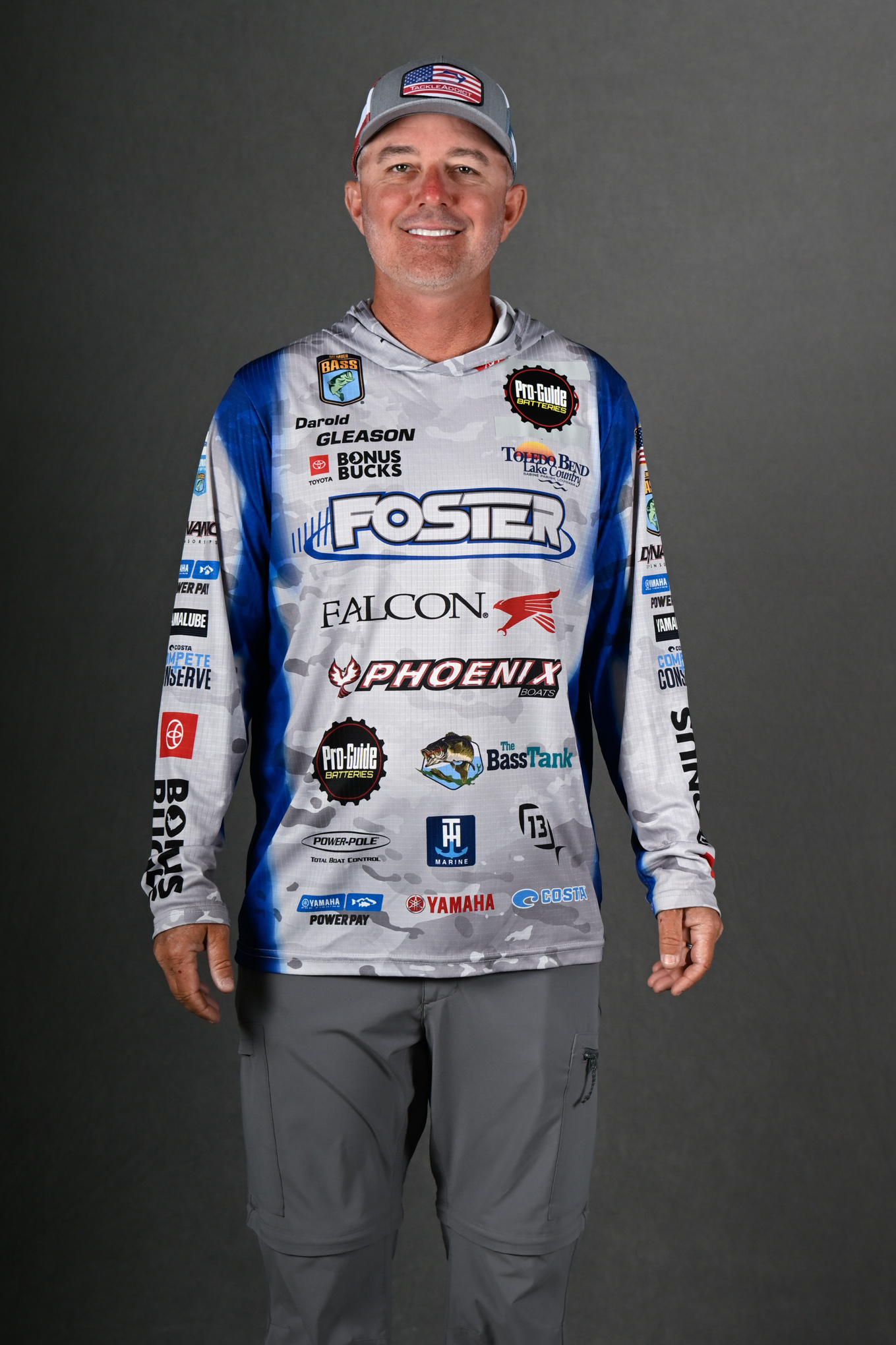
One of the wisest pieces of advice you can give anyone, no matter what they’re trying to learn is this: Crawl before you walk. This also applies to bass fishing, and I believe the easiest ways to familiarize yourself with the sport’s techniques and technology is to practice on other species.
I teach an online electronics class. One of the things I always stress, to gain confidence in finding offshore fish, you have to do it at the right time of the year. This way, an angler can get bites and gain some experience. The problem most people have is they try it at the wrong time of the year, they gain no confidence and they get frustrated and give up.
This time of year on my home lake — Toledo Bend — as well as at the Tennessee River lakes, we have a large population of white bass. I like to tell people you can use this species to help you become a better offshore angler and to become more competent with your electronics.
Especially on Toledo Bend and nearby Sam Rayburn, the white bass gather in really tight mega schools, and they look so good on your downscan and sidescan. So, as an angler who’s trying to learn to fish offshore, you’re able to identify a group of fish.
One question I get a lot in my class is, “How do I set up on those fish?” So, now you’re able to save a waypoint on those fish, and you’re able to learn how to position your boat so you can present a lure to them.
I know from my class that deep-diving crankbaits are a big concern for a lot of people. They can be very productive, but we don’t use them because they’re fun — it’s a lot of work. So, if you invest all that effort in throwing them, but you don’t catch any fish and get any feedback, you’re probably going to give up on it.
That’s what makes white bass such a great practice scenario; they’re the best way to learn how to position your boat, throw a big crankbait through them, crank it down and get bites. So, if you see a school of these fish, don’t pass them up; they’re fun to catch.
A lot of anglers are intimidated by offshore fishing because they’re not sure how far to sit from a waypoint. Practicing on white bass will help you gain an understanding of the right distance that allows you to effectively work a bait through the fish without getting right on top of them.
Once you gain an understanding of how close you should be in various scenarios and conditions, you’ll get better at knowing how fast to run your crankbait, it helps you get better at landing fish, and it’s always fun if you have a kid or a beginning angler on the boat.
The great thing about this process is that learning how to identify fish on your graph, figuring out how to set up your boat, dialing in your presentations and catching some fish prepares you to start breaking down the lake and looking for largemouth.
The largemouth bass schools typically won’t show up as big as the white bass do, but once you understand how to interpret what you’re seeing on your graph, you’ll be able to make the transition.
One thing to add here is that I know a lot of guys will also target crappie to learn how to use their forward-facing sonar. Crappie usually school in big numbers, they’re usually easier to entice than a bass and they’re another great way to develop skills that will help make you a better bass angler. Again, crawl before you walk.





